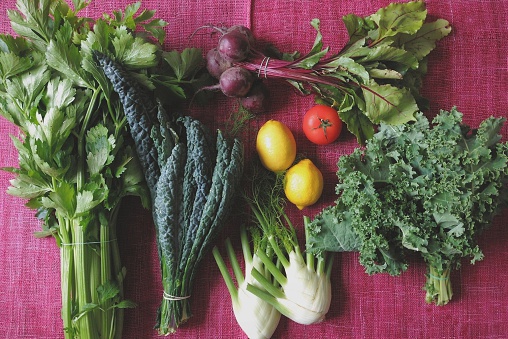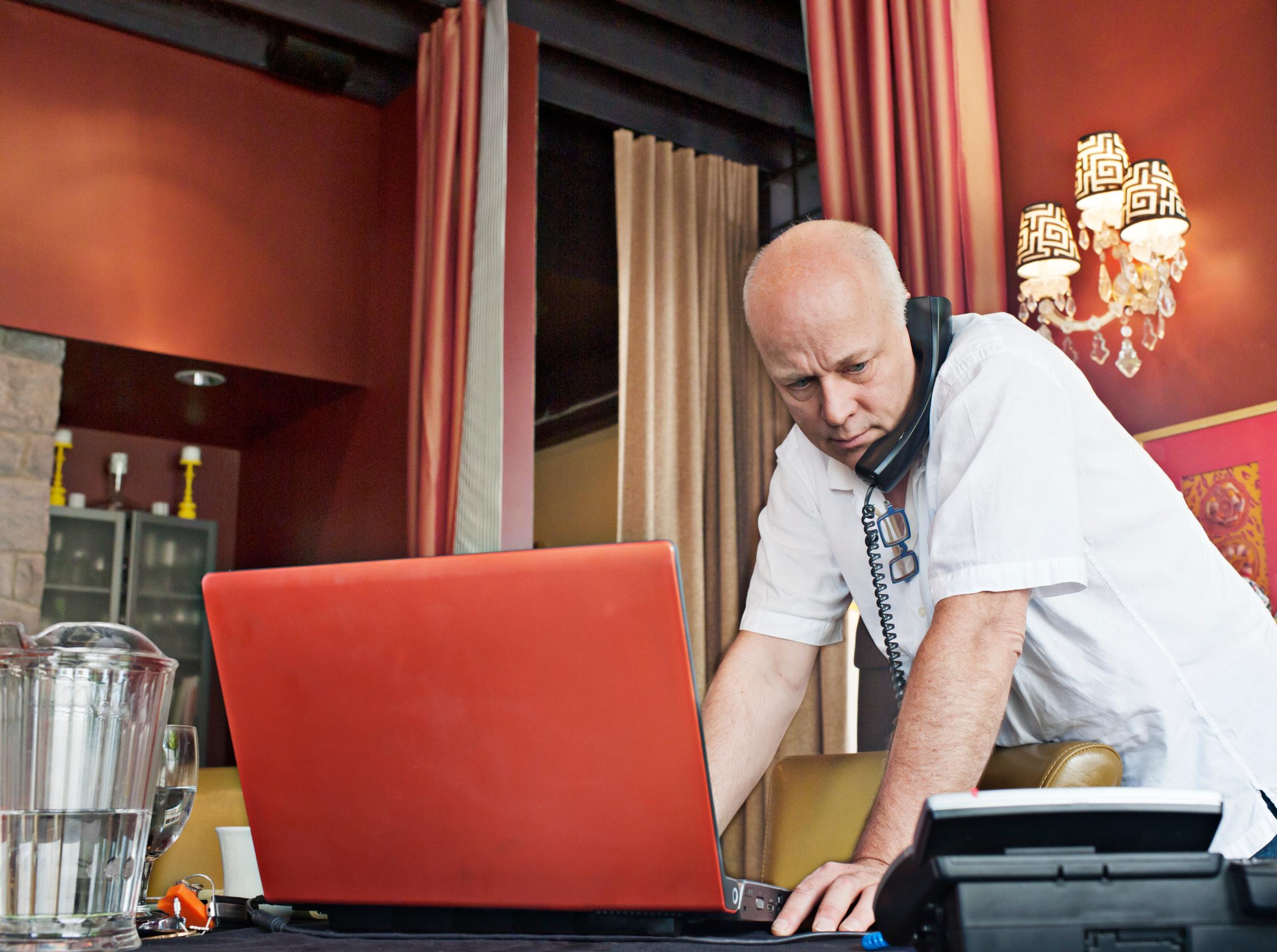
For more than a decade, I’ve been working with a team of experts to study hot spots of longevity—regions we call Blue Zones, where many people live to 100 and beyond. They are the Greek island of Ikaria; the highlands of Sardinia; the Nicoya Peninsula in Costa Rica; Okinawa, Japan; and Loma Linda, Calif., home of the highest concentration of Seventh-day Adventists in the U.S. Remarkably, we’ve learned that folks in all these places share similar rituals and practices surrounding food. (Hint: They don’t count calories, take vitamins or weigh protein grams!) After analyzing more than 150 dietary studies conducted in Blue Zones over the past century, we came up with a global average of what centenarians really eat. Here are 15 age-old diet tips to borrow from the longest-living people on the planet.
Get 95% of your food from plants
Produce, whole grains and beans dominate meals all year long in each of the Blue Zones. People eat an impressive variety of vegetables when they are in season, and then pickle or dry the surplus. The best of the best longevity foods are leafy greens. In Ikaria, more than 75 varieties grow like weeds. Studies found that middle-aged people who consumed the equivalent of a cup of cooked greens daily were half as likely to die in the next four years as those who ate no greens.
Consume meat no more than twice a week
Families in most of the Blue Zones enjoy meat sparingly, as a side or a way to flavor other dishes. Aim to limit your intake to 2 ounces or less of cooked meat (an amount smaller than a deck of cards) five times a month. And favor chicken, lamb or pork from family farms. The meat in the Blue Zones comes from animals that graze or forage freely, which likely leads to higher levels of omega-3 fatty acids.
Eat up to 3 ounces of fish daily
The Adventist Health Study 2, which has been following 96,000 Americans since 2002, discovered that people who ate a plant-based diet and included a small portion of fish up to once a day were the ones who lived the longest. In the Blue Zones overseas, fish is a common part of everyday meals. For the most part, the best fish choices are middle-of-the-food-chain species such as sardines, anchovies and cod, which aren’t exposed to high levels of mercury or other chemicals.
Cut back on dairy
The human digestive system isn’t optimized for cow’s milk, which happens to be high in fat and sugar. People in the Blue Zones get their calcium from plants. (A cup of cooked kale, for instance, gives you as much calcium as a cup of milk.) However, goat’s- and sheep’s-milk products like yogurt and cheese are common in the traditional diets of Ikaria and Sardinia. We don’t know if it’s the milk that makes folks healthier or the fact that they climb the same hilly terrain as their goats.
Enjoy up to three eggs per week
In the Blue Zones, people tend to eat just one egg at a time: For example, Nicoyans fry an egg to fold into a corn tortilla and Okinawans boil an egg in soup. Try filling out a one-egg breakfast with fruit or other plant-based foods such as whole-grain porridge or bread. When baking, use 1/4 cup of applesauce, 1/4 cup of mashed potatoes or a small banana to sub in for one egg.
Add a half cup of cooked beans every day
Black beans in Nicoya, soybeans in Okinawa, lentils, garbanzo and white beans in the Mediterranean: Beans are the cornerstone of Blue Zones diets. On average, beans are made up of 21 percent protein, 77 percent complex carbohydrates and only a little fat. They’re also an excellent source of fiber and are packed with more nutrients per gram than any other food on earth. The Blue Zones dietary average—at least 1/2 cup per day—provides most of the vitamins and minerals that you need.
5 Horrible Habits You Need to Stop Right Now





Switch to sourdough or whole-wheat
In three of the five Blue Zones, bread is a staple. But it’s an altogether different food from the loaves most of us buy. Breads in Ikaria and Sardinia, for example, are made from a variety of 100 percent whole grains, including wheat, rye and barley—each of which offers a wide spectrum of nutrients and high levels of fiber. Other traditional Blue Zones breads are made with bacteria that “digest” the starches and glutens while helping the bread rise. This process creates an acid that lends the sour flavor to sourdough. The result is bread that actually lowers the glycemic load of meals. (It also has less gluten than some other breads.) To find true sourdough, visit a bakery and ask about their starter. If they can’t give you an answer, they’re probably not making their sourdough in the traditional way.
Slash your sugar consumption
Blue Zones dwellers consume about a fifth as much added sugar as we do. Centenarians typically put honey in their tea and enjoy dessert only at celebrations. The lesson to us: Try not to add more than 4 teaspoons of sugar a day to your drinks and foods. Have cookies, candy and bakery items only a few times a week. And avoid processed foods with sweeteners—especially when sugar is listed among the first five ingredients.
Snack on two handfuls of nuts per day
This appears to be the average amount that Blue Zones centenarians are eating. A recent 30-year Harvard study found that nut eaters have a 20% lower mortality rate than those who don’t eat nuts. Other studies show that diets with nuts reduce LDL, or “bad,” cholesterol levels by up to 20%.
Stick with foods that are recognizable for what they are
Throughout the world’s Blue Zones, people eat foods in their entirety: They don’t throw away the egg yolk or juice the pulp out of their fruits. They also don’t take supplements. They get everything they need from whole foods that are often grown locally. The takeaway? Avoid products with long lists of ingredients and shop at your farmers market when you can. Scientists are only beginning to understand how the elements in whole plants work together synergistically to bring forth ultimate health.
Up your water intake
Adventists recommend having seven glasses daily, pointing to studies that show that being hydrated lessens the chance of a blood clot. Plus, if you’re drinking water, you’re not drinking a sugar-laden or artificially sweetened beverage.
When you drink alcohol, make it red wine
People in most Blue Zones have one to three glasses per day. Wine has been found to help the system absorb plant-based antioxidants. But it may also be that a little alcohol at the end of the day reduces stress, which is good for overall health.
Drink this kind of tea
Okinawans nurse green tea all day long, and green tea has been shown to lower the risk of heart disease and several cancers. Ikarians drink brews of rosemary, wild sage and dandelion—all herbs with anti-inflammatory properties.
Get your caffeine fix from coffee
People who live on the Nicoya Peninsula and the islands of Sardinia and Ikaria all down copious amounts of coffee. Research findings associate coffee drinking with lower rates of dementia and Parkinson’s disease.
Perfect protein pairings
Worried about getting enough protein on a plant-based diet? The trick is to partner legumes, grains, nuts and veggies that supply all nine of the essential amino acids your body can’t make on its own. Try these match-ups in the ratios described below.
1 1/3 parts chopped red peppers to 3 parts cooked cauliflower
1 part cooked chickpeas to 3 parts cooked mustard greens
1 part lima beans to 2 parts cooked carrots
1 1/2 parts cooked broccoli rabe to 1 1/3 parts cooked wild rice
1/2 part firm tofu to 1 1/4 parts cooked soba noodles
This article originally appeared on Health.com.
More from Health.com:
More Must-Reads From TIME
- The 100 Most Influential People of 2024
- Coco Gauff Is Playing for Herself Now
- Scenes From Pro-Palestinian Encampments Across U.S. Universities
- 6 Compliments That Land Every Time
- If You're Dating Right Now , You're Brave: Column
- The AI That Could Heal a Divided Internet
- Fallout Is a Brilliant Model for the Future of Video Game Adaptations
- Want Weekly Recs on What to Watch, Read, and More? Sign Up for Worth Your Time
Contact us at letters@time.com